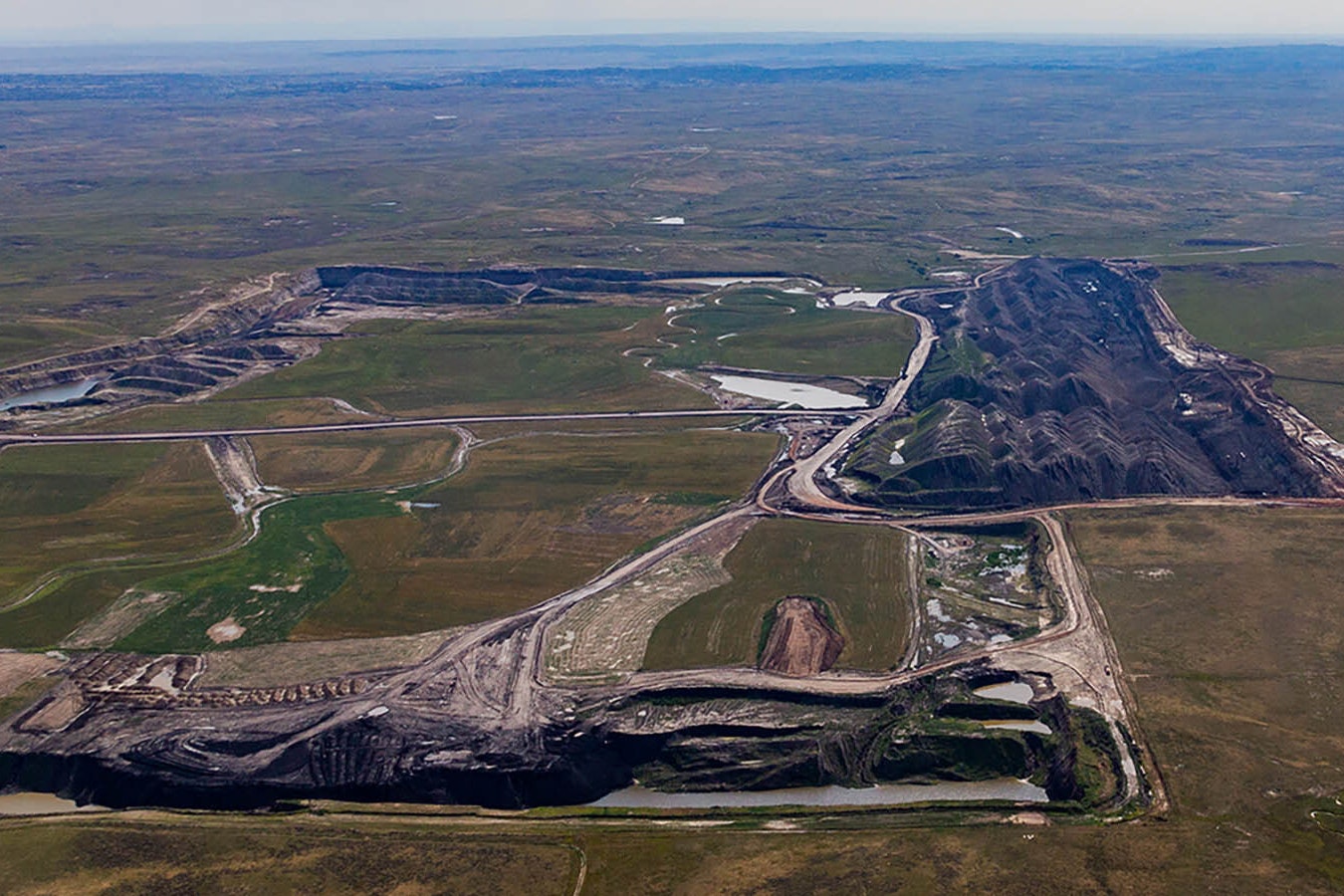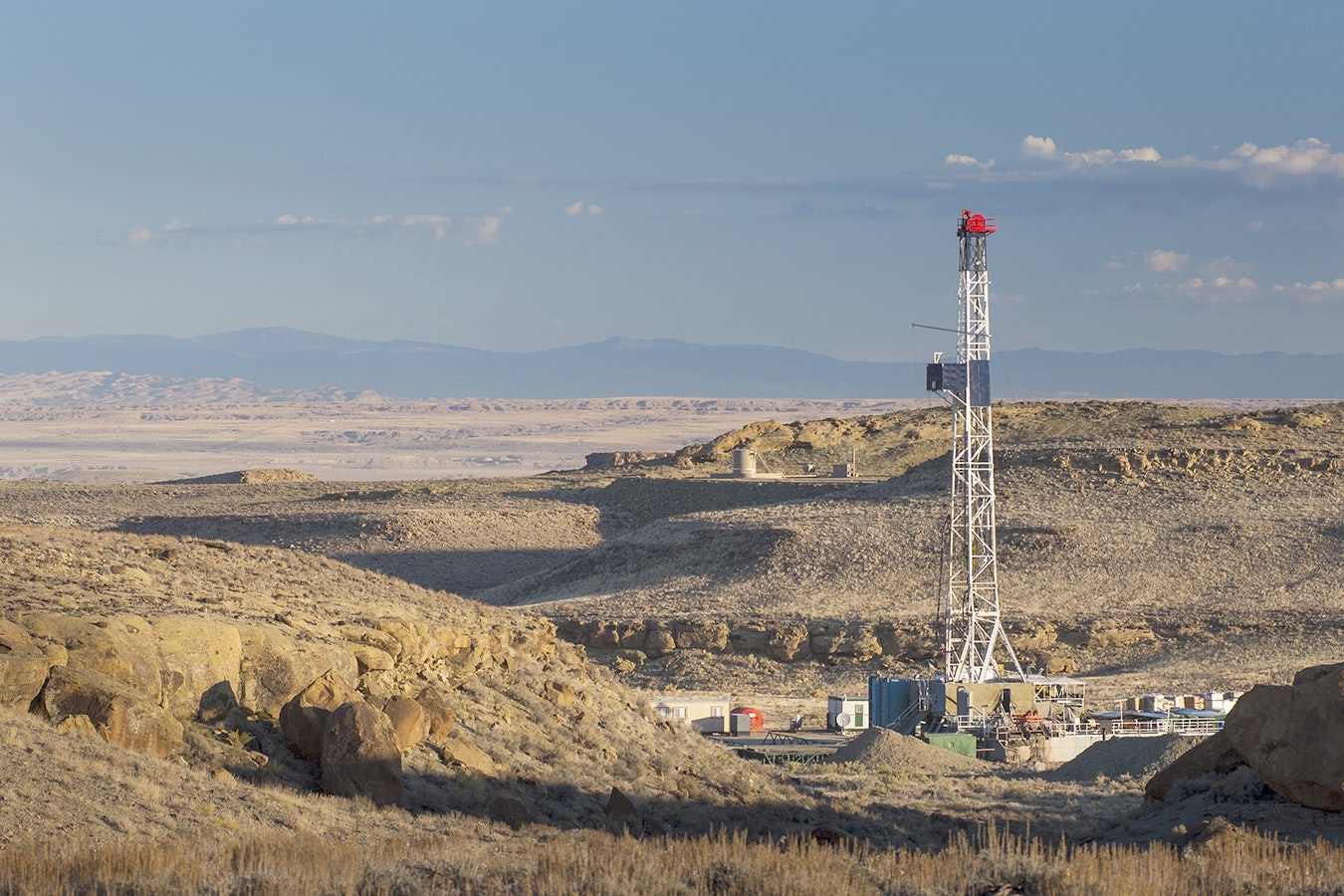Over the last 10 years, domestic solar capacity in the United States has grown 13-fold. Considering the amount of federal support the industry receives, that should be no surprise.
Using data from the U.S. Energy Information Administration, energy watchdog Robert Bryce calculated that the solar industry receives 136 times more federal energy-related tax incentives per unit of energy produced than oil, gas and coal. It receives 302 times more than nuclear energy.
The wind energy industry receives 31 times more incentives than oil, gas and coal, and nearly 70 times more incentives than nuclear.
According to estimates by Wood MacKenzie, an energy research and consulting firm, under the federal Inflation Reduction Act, the solar industry could collect as much as $900 billion in federal tax incentives by 2060.
Cheap, Expensive Energy
While the Cowboy State has lacked the robust solar industry as other Western states, it has seen an explosion of wind projects across southeastern Wyoming.
The solar industry also is showing growth in the state, with at least two projects in the works.
The 150-megawatt South Cheyenne Solar Project, which was developed by QCells and purchased by Southern Power this week, is under construction just north of the border with Colorado.
The 163-megawatt Goshen Solar Project is winding through state and local permitting processes. It will be located on 1,227 acres of private land 10 miles southeast of Yoder, which is 70 miles northeast of Cheyenne.
Bryce explains in one of his analyses of energy subsidies that the wind and solar industry have long claimed that they are the cheapest forms of energy, something that’s regularly parroted in the media.
“If that were true, and solar energy is too cheap to meter, then the industry shouldn’t need tax credits,” Bryce wrote.
Cumulative Impacts
Here in Wyoming, the state’s largest utility, Rocky Mountain Power, is requesting two rate increases that combined will come to a nearly 30% rate hike if approved by the Wyoming Public Service Commission.
While residents and businesses impacted have criticized the company’s investments in wind and solar energy and blamed them for the increases, the company defends those investments, arguing that the generous federal subsidies actually save its customers money.
The rapid growth of the wind industry in the Cowboy State has also led to a growing awareness by residents of southeastern Wyoming of the impacts it will have.
The area is a primary corridor for golden eagles and migratory birds all over North America, and biologists are raising concerns that the cumulative impacts of so many wind turbines could have severe consequences for the birds.
Residents of Albany County also are worried about the viewshed of the area getting crowded with turbine blades and blinking red lights.
Conservationists are also concerned that the public isn’t given enough opportunity to provide feedback during permitting processes.
Picking Losers
Tyler Lindholm, state director for Americans for Prosperity in Wyoming, told Cowboy State Daily these incentives are going to degrade the nation’s energy situation by divorcing it from the needs of consumers.
“You’ve got government picking winners and losers. It’s not based on reliability or affordability — all the things that you would look for in an energy system,” Lindholm said.
He said the government is picking technologies based on what feels good rather than what provides the most reliability.
Lindholm said that Rocky Mountain Power is in a difficult situation, because it’s trying to balance the needs of consumers with the dictates from the Biden administration, while trying to run profitably.
“They’re trying to survive. They’re trying to keep their shareholders happy, and at the same time live up to the laws put in front of them,” he said.
Land Use Conflicts
Wyoming is not alone in its growing concerns about the land use conflicts and costs of renewable energy.
Bryce keeps a database of renewable energy projects that are rejected, and the numbers show growing opposition as the number of projects spread.
The rural backlash has become an effective enough obstacle for the Biden administration’s renewable energy goals that Illinois, New York and California passed measures that allow the state to supersede local action stopping these projects.
“They are bigfooting these local communities and taking away home rule, which has been the bedrock of American government for decades,” Bryce told Cowboy State Daily.
Bryce said that the number of communities fighting solar projects is becoming larger than those fighting wind, which he attributes to the explosive growth of the industry being driven by subsidies.
“They’re pouring napalm on these land use conflicts,” Bryce said.





